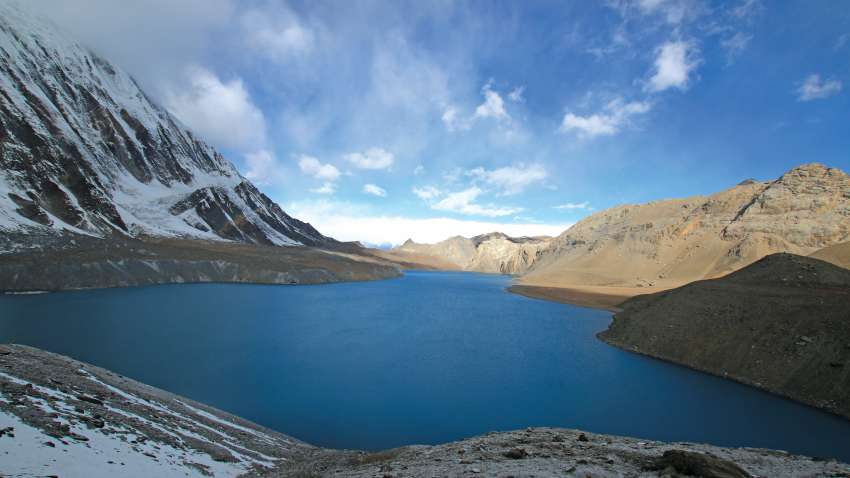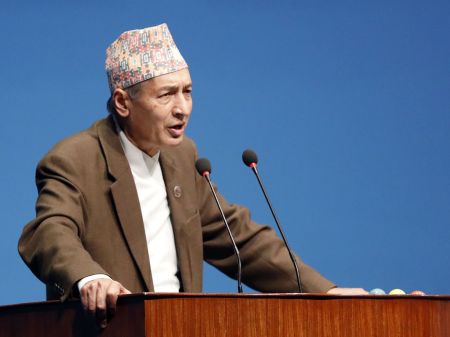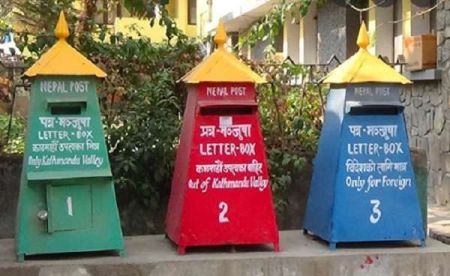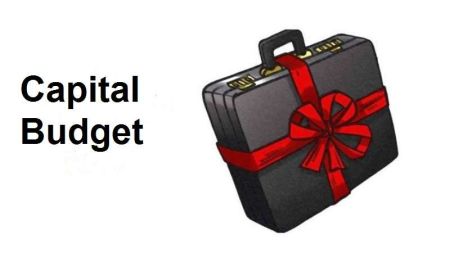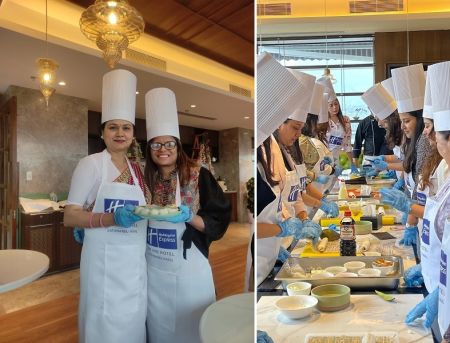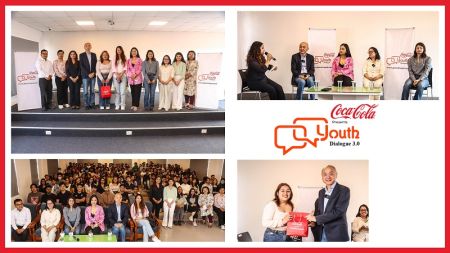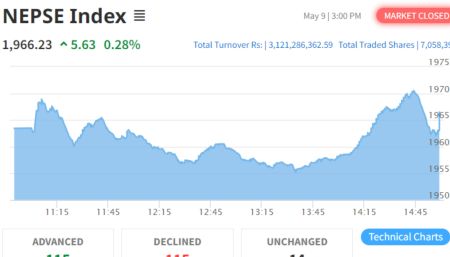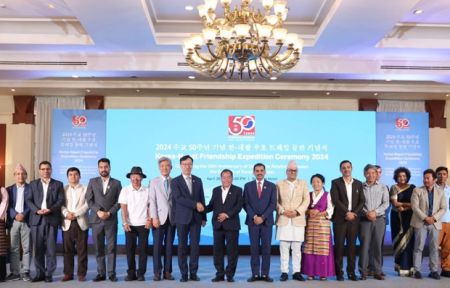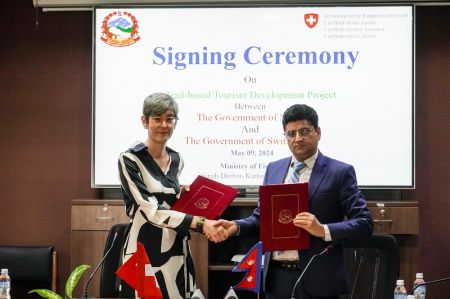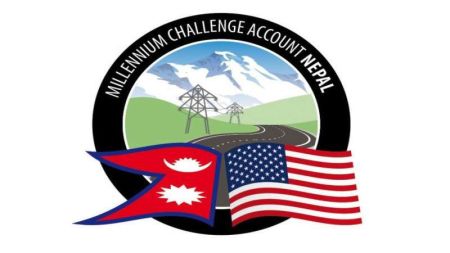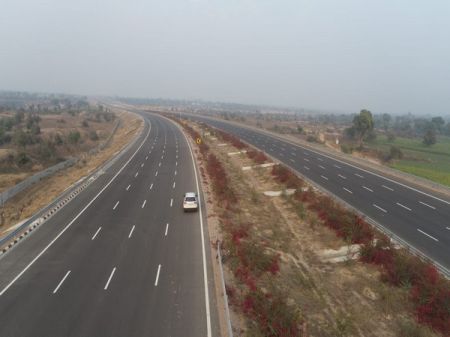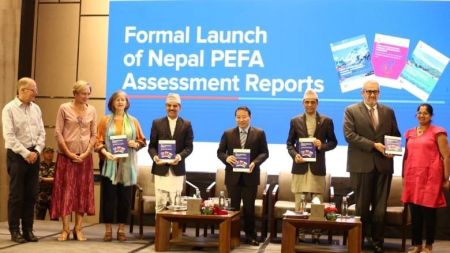BY Tamish Giri
The history of tourism in Manang dates back to the 1950s when foreigners ventured into the region to climb the mighty mountains.
On September 27, against the stunning backdrop of Sabje Lake in Manang, perched at an altitude of 3,500 metres, Manang Beverage introduced the world to the exquisite Manang Valley Wine. This exceptional wine range features two outstanding apple wines that expertly capture the essence of this breathtaking locale. More than just a wine launch, the event marked a celebration of Manang's promising future offering a fresh allure to this remote destination. Travellers were treated to the opportunity to savour these premium apple wines while gazing upon the serene Sabje Lake, heralding a new chapter in Manang's remarkable story where the harmonious blend of tourism and tradition ushers in a new era for this enchanting destination.
Known as the Himalayan Shangri-La, Manang is nestled amidst the awe-inspiring Himalayas. It has gained acclaim among trekkers for the legendary Annapurna Circuit Trek, Tilicho Lake, and Ice Lake – a region fondly referred to as the abode of the mighty Annapurna. KC Gurung, the proprietor of Hotel Marshyangdi in Kathmandu and Athilaya Mountain Lodge in Manang, alongside other local tourism stakeholders, envisions a transformation for Manang, turning it into a luxury destination to elevate the travel experience in this Himalayan paradise.
Gurung, a first-generation hotelier native to Manang, shares that Manang is a mesmerising destination with tremendous tourist potential, making it ideal for high-end tourism. "However, locals have missed opportunities to tap into the immense tourist potential that Manang holds. In terms of infrastructure, progress is gradually unfolding. We have invested in four Athilaya Mountain Lodge properties to enhance the comfort of tourists visiting Manang," he said.
Together with two other investors, Gurung has invested Rs 320 million into four Athilaya Mountain Lodge properties located in Chame, Manang, Ngawal and Dharapani. Unfortunately, the property in Dharapani was swept away by floods.
"Athilaya is currently in its soft opening phase and has been receiving promising bookings. The hotel offers cosy, well-appointed rooms equipped with all the essential amenities for a comfortable stay. The rooms are available for single or double occupancy, with rates starting at USD 60 for a single guest and USD 80 for couples sharing a room," he added.
All Athilaya Lodge properties were built after conducting Initial Environmental Examination studies. Each property has 14 rooms and can accommodate up to 28 guests per night.
Athilaya stands as Gurung's initiative to attract high-spending tourists to Manang. The seasoned hotelier firmly believes that his hotel business will be a game-changer for the hospitality industry in Manang, turning room occupancy into a significant revenue source for hotels in the region.
In the past, hoteliers in the Manang region were reluctant to charge tourists for their rooms, which is an unsustainable business model. To instigate change and promote Manang as a high-end tourism destination, Gurung and his team aim to be pioneers through Athilaya.
The hospitality industry of Manang traces its roots to the establishment of Thorong La Hotel in the early 1980s, initially operating as a homestay in Manang village. Over the years, the number of hotels, including tea houses, homestays, and lodges, in the Manang region has surged.
Most of these hotel rooms are concentrated in Manang village. Currently, hoteliers charge as low as $2 and an average of $8-10. In contrast, Athilaya has fixed its rates to $80 for and foreign guests. It has fixed an attractive rates of Rs 4,500 for single and Rs 6,000 for double for Nepalis. While hoteliers in the region may initially be cautious about this change, Gurung remains optimistic that they will eventually appreciate this innovative approach.
The history of tourism in Manang dates back to the 1950s when foreigners ventured into the region to conquer the mighty mountains. At that time, locals had reservations about allowing expeditions due to religious and cultural beliefs. However, after 1980, the locals in Manang began to welcome tourists more openly. This marked a gradual shift from agriculture and trade to tourism as the primary source of income for the region. Today, agriculture, including crops like wheat, buckwheat, and potatoes, contributes to only 10-15% of the region's income. Some locals, such as Yuvraj Gurung, have transitioned to commercial apple farming, but the majority now rely on tourism for their livelihood.
In the meantime, Manang Beverage, the producer of premium Manang Wine, sources its apples from Yuvraj's farm. Yuvraj Gurung, a third-generation farmer, cultivates three apple varieties (Gala, Golden Delicious, and Fuji) on 700 ropanis of land in Bhratang. The apple farm features a modern cold storage facility situated at the farmhouse, which has become a popular spot among local tourists.
Yuvraj has joined forces with Aashraya Ranjitkar, a third-generation winemaker, to create Manang Wine, an apple wine crafted from the farm's produce. Both the apple farm and the winery in Bhratang aim to offer luxury products to high-end tourists, envisioning Bhratang as a sought-after destination for wine tasting, much like Napa Valley in the US.
Last year, approximately 22,000 tourists, including both locals and foreigners, visited Manang. However, in recent years, the trend of Nepali people travelling to various destinations has been on the rise. Many Nepali individuals return from abroad to celebrate festivals like Dashain and Tihar, and a significant number of them choose to visit Manang. The influx of domestic tourists, coupled with foreign visitors, has injected fresh enthusiasm into the tourism business, especially for Gurung and his Athilaya venture.
Gurung's specific aim is to cater to high-spending tourists, even though the current influx primarily comprises budget travellers. Attracting the targeted tourist group is a significant challenge, but Gurung is confident that the goal is within reach.
Athilaya properties are currently in the trial phase. Starting next year, the team plans to aggressively focus on branding and promotional activities in Nepal, Europe, and the US to attract high-end tourists. "We are also conducting surveys to identify new trekking routes that will support tourist activities and provide additional options for tourists to explore and spend," Gurung added.


